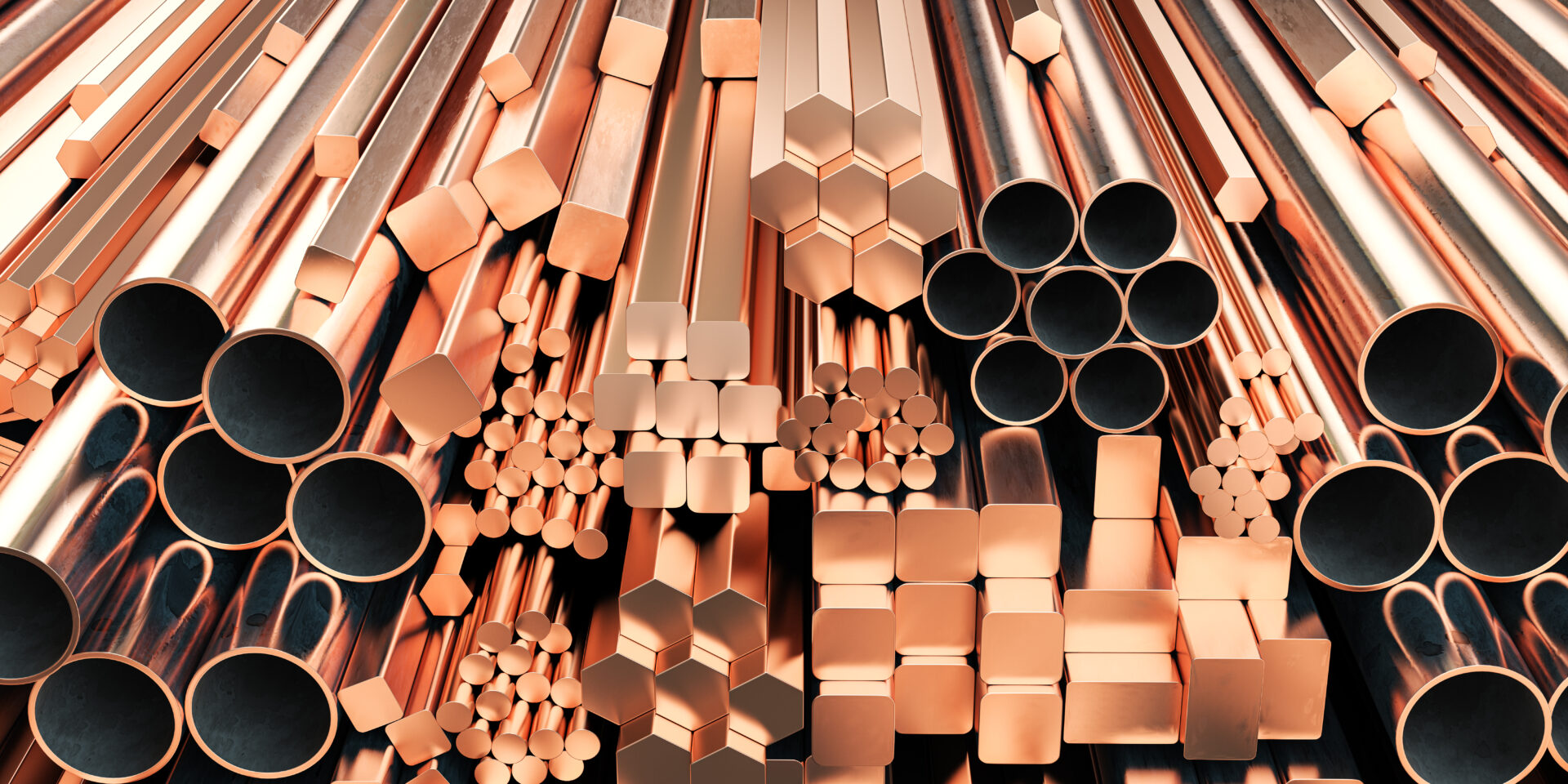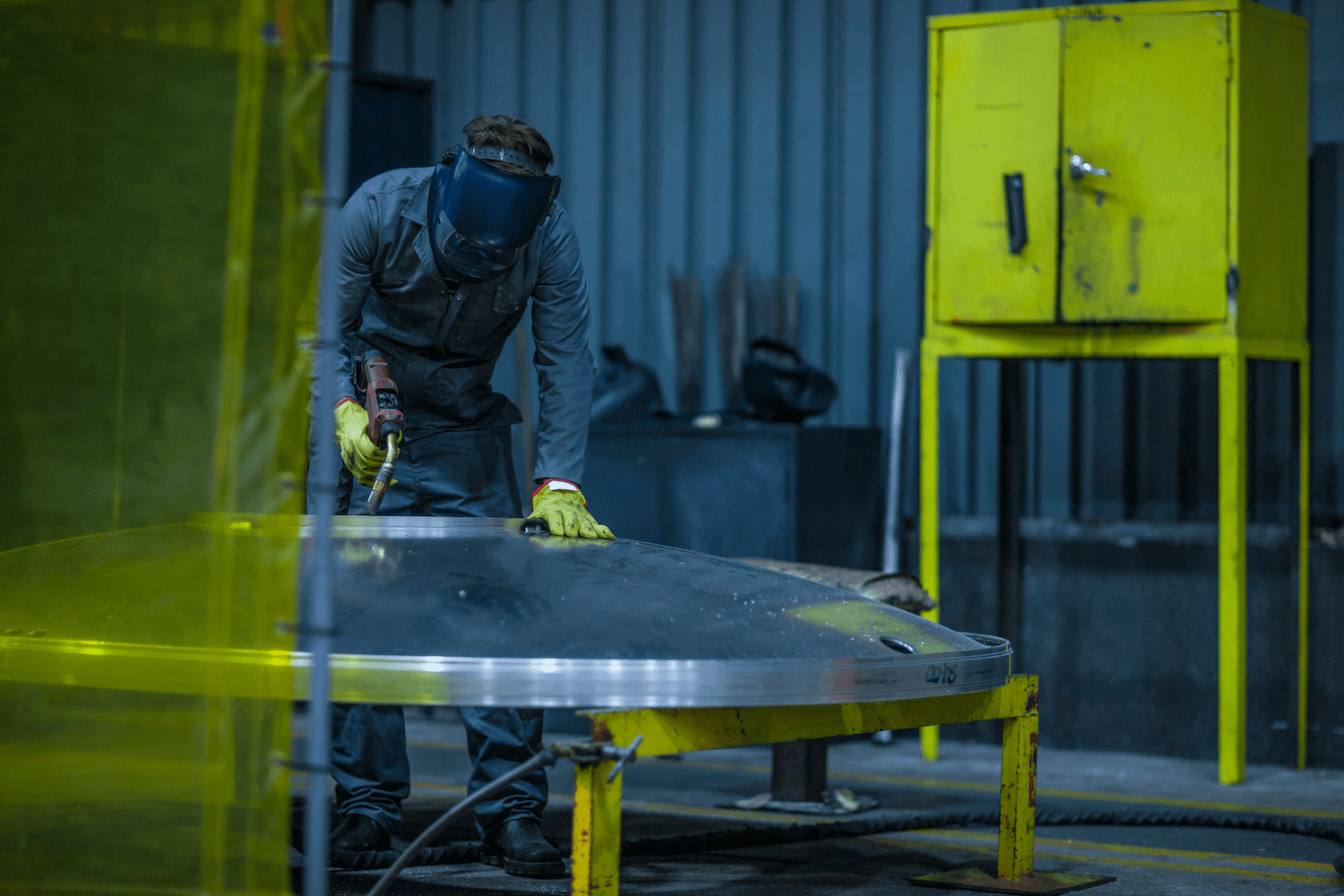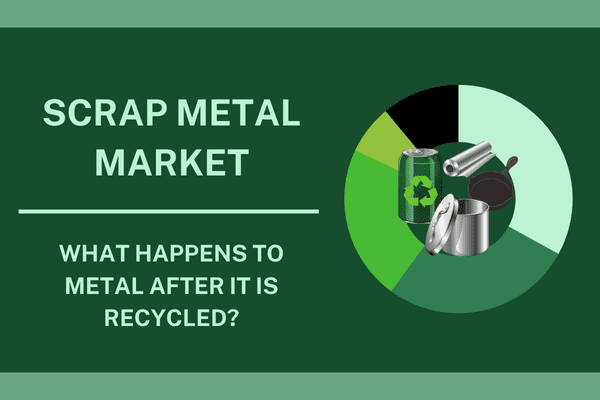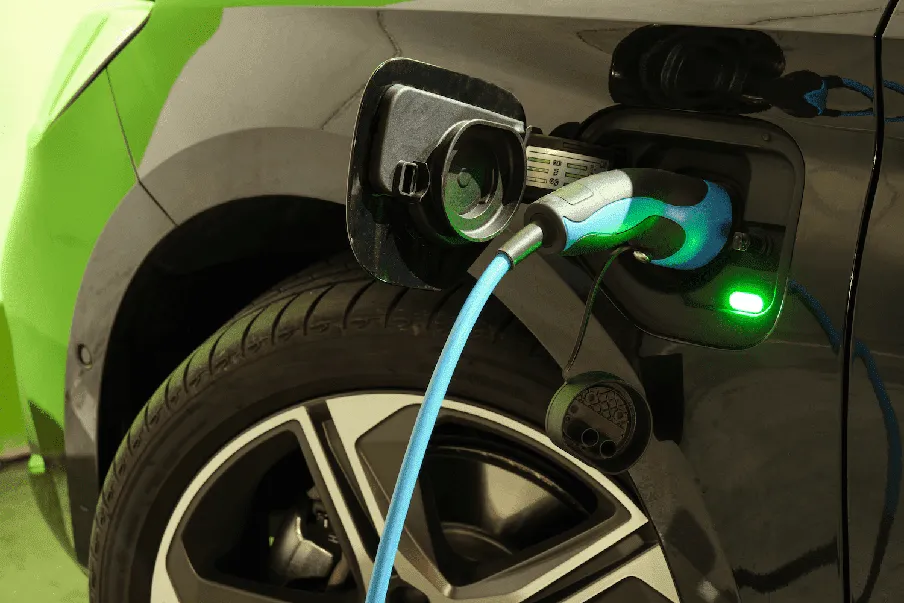
In a world increasingly powered by technology, two metals quietly play a starring role: copper and aluminum.
You’ll find them everywhere. In your phone, your car, your home’s wiring, and even in the infrastructure that delivers your internet.
But what many people don’t realize is that scrap copper and aluminum are also key to building the future.
Recycling these metals isn’t just a feel-good action; it’s an essential step toward a more sustainable, tech-driven world. Here’s how your old wires, cables, and metal parts can fuel tomorrow’s innovations.
Why Copper & Aluminum Matter
Many people look at their scrap metal and think it’s worthless trash for the landfill. In fact, you probably have some pennies on your couch, and you may be guilty of throwing a can in the trash.
But when it adds up, especially for businesses dealing with industrial or construction scrap metal, it can be valuable.
Copper
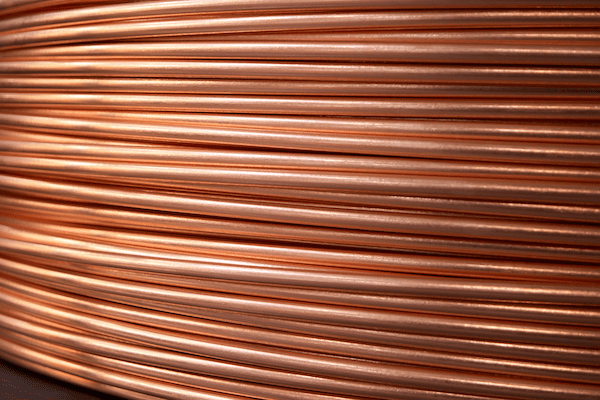
Copper is one of the most essential elements in the modern world due to its ability to conduct electricity and heat.
But copper’s greatest superpower? It’s 100% recyclable without losing quality. That means copper from decades ago can be reused today in the most cutting-edge technology.
What is Copper Used For
Copper is one of the most versatile metals and can be used in so many ways, including:
- Electrical wiring
- Motor coils
- Transformers
- Heat exchangers
- Electrical components
As you can see, copper powers our homes, vehicles, and digital world, and its recyclability makes it essential for a sustainable future.
Aluminium
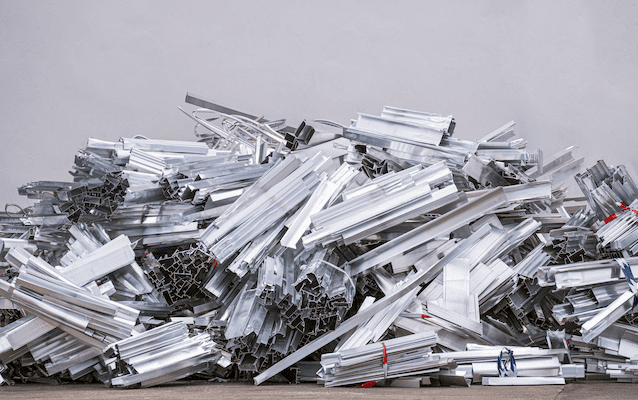
Aluminum’s strength, lightness, and corrosion resistance make it indispensable across industries.
Using recycled aluminum saves up to 95% of the energy required to produce it from raw materials. This dramatic energy savings makes aluminum recycling not just cost-effective, but also environmentally responsible.
What is Aluminum Used For
Its lightweight and durability make it a key role in:
- Power transmission lines
- Data centers
- Airplanes and aerospace
- Electric vehicles
Aluminum keeps our power flowing, planes flying, and EVs moving, while being one of the most energy-efficient materials to recycle.
Where Your Scrap Goes
The metals you recycle don’t sit idle in landfills; they go straight into the veins of today’s and tomorrow’s most advanced technologies.
Data Centers
Copper and aluminum power high-performance data centers that support AI workloads, cloud computing, and digital infrastructure. Copper conducts electricity for servers and backup power systems, while aluminum aids in heat dissipation and structural design.

Crypto Mining Rigs
The booming crypto economy runs on rigs packed with copper-based processors, power delivery systems, and cooling components, all made more sustainable with recycled metal.
Telecommunications & Wire Infrastructure
Copper provides unmatched conductivity in telephone wires, coaxial cables, and broadband networks, while aluminum is used in overhead lines due to its lightweight properties.
Electric Vehicles (EVs)
From charging cables to motor coils and battery connectors, EVs rely heavily on copper wiring. Aluminum is used in EV frames, battery enclosures, and body panels to reduce weight and boost driving range.

Smart Grids & Renewable Tech
Smart grids, wind turbines, and solar panel systems use both copper and aluminum for wiring, energy transmission, and system efficiency, helping reduce our reliance on fossil fuels.
The Impact of Recycling
Every pound of scrap metal you recycle makes a difference. Recycling metal doesn’t just support cutting-edge technologies; it also delivers a powerful environmental and economic punch.
Reduces Landfill Waste
When metal ends up in landfills, it doesn’t break down easily. It sits, unused, and pollutes the environment.
Recycling copper and aluminum prevents this waste and ensures these valuable materials are given a second life.
Conserves Natural Resources
Mining raw copper and aluminum is resource-intensive, often involving:
- Land disruption
- Water pollution
- Deforestation
Recycling eliminates the need for new extraction, conserving vital resources and protecting natural ecosystems.
Supports Local Economies & Green Jobs
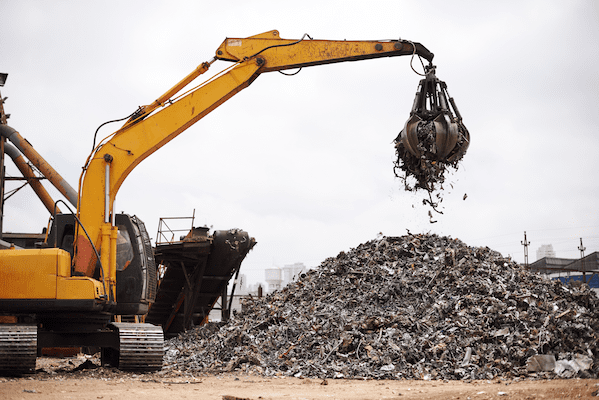
Recycling metal creates jobs at:
- Collection centers
- Sorting facilities
- Processing plants
- Manufacturing sites
- Recycling facilities
These “green collar” roles contribute to a more sustainable economy and help communities thrive by keeping materials in circulation.
Lowers Carbon Emissions
Because recycling uses significantly less energy than producing metal from raw materials, it leads to substantial carbon savings.
This directly helps reduce greenhouse gas emissions and combat climate change.
How You Can Help
Now that you understand the clear benefits of recycling, what can you do to be a part of the solution and help power the future?
Identify Copper/Aluminum Scrap
The first step is recognizing what you have. Old electrical wiring, plumbing pipes, gutters, siding, and even kitchen pots could contain recyclable copper or aluminum.
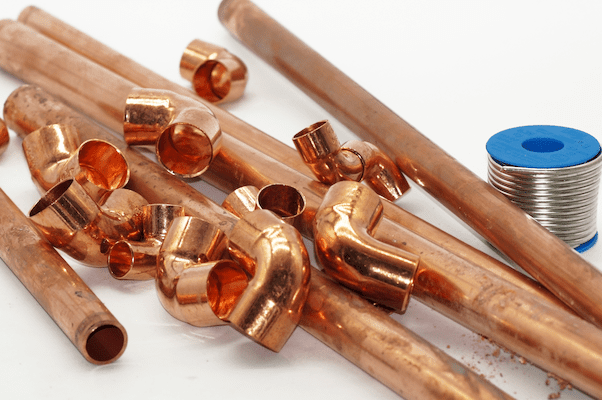
Sort and Clean Your Metals
To make recycling more efficient, clean off any dirt or attached materials. Note, if you have wires, some facilities prefer that you leave the insulation on for your safety and convenience.
Then, sort copper and aluminum separately, as recycling centers typically handle them in different streams.
Tip: Copper has a reddish-brown hue, while aluminum is typically lighter and silvery.
Drop Off At A Recycling Center
Once sorted and cleaned, take your metal to a recycling facility. They can ensure your materials are processed responsibly and efficiently, and possibly open up a new revenue stream.
Share The Message
Recycling is more impactful when more people do it. Share what you’ve learned with neighbors, coworkers, and friends.
Even small actions, like posting on social media or organizing a community scrap drive, can have a big impact. Talk to your managers at work about creating a company recycling program.
Start Recycling Your Metal
Your old cables, wires, and metal pieces might seem like junk. But in the hands of a recycling facility, they become the building blocks of the digital age. So don’t toss them, transform them.
Power the future with your past. Start recycling your copper and aluminum today and help power a smarter, cleaner tomorrow.
At GLE Scrap Metal, we are your business’s one-stop shop for metal recycling. We provide environmentally-friendly services to businesses, from transportation and recycling to metal brokerage and trading.
For smaller loads, we have many scrap yard facilities that will take your scrap across Florida and Michigan. Contact our team to learn more about how we can help you or your business start recycling.
Download the infographic below to share the message!


